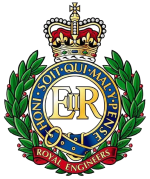World War II
North Africa
12th Field Company RE was based at its peacetime station in Haifa, Palestine from 1939 and moved to Mersa Matruh, Egypt in June 1940.
It was here, on 28 August 1940, that 2nd Lieutenant D.V. Hutchinson R.E. joined the Squadron as No.2 Troop Commander in Mersa Matruh where the Company first went into active service in the War. Forming part of the Headquarters Western Desert Force under Command of Lieutenant General Richard O’Connor.
On arrival to the Garrison 2nd Lieutenant D.V. Hutchinson R.E. would have been met by a scene of constant bombing from enemy aircraft, with hundreds of shells falling in the area on a daily basis. In between air raids, the 12th Field Company RE were building reinforcements, pill boxes, digging anti-tank ditches, trenches, revettements and mine laying; as part of the Defence Programme alongside the 54th Field Company R.E. and later in October taking up the 42nd Field Company R.E. battle postions in Matruh.
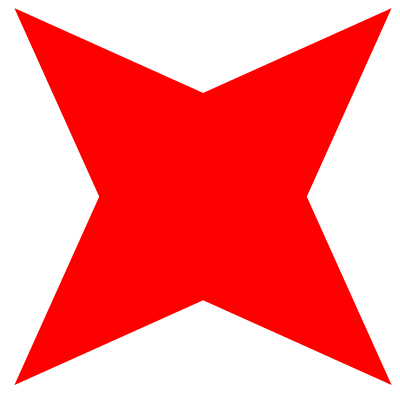
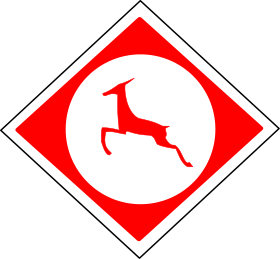
The 12th Field Company served in the Western Desert Force supporting the various Infantry and tank Brigades; to Damascus, Syria in the east and as far as El Agheila in Libya to the west.
The Brigades that D.V. Hutchinson R.E. and the 12th Field Company served with in North Africa, Palestine and later India and Burma included the 14th Infantry Brigade, the 22nd Guards Brigade, the 23rd Infantry Brigade and the 7th Armoured Brigade (Desert Rats), throughout Operations Compass, Brevity, Battleaxe and Crusader. Including several deployments to Syria in 1941 and 1942.
On 1 January 1941, while the Western Desert Force was fighting the Italian Tenth Army during Operation Compass, it was re-designated “XIII Corps“. It then included British 7th Armoured Division, Australian 6th Infantry Division and 4th Indian Infantry Division, led by Field Marshall Archibald Wavell.
German Generalleutnant Erwin Rommel was to counter with Operation Sonnenblume which ultimately led to Wavell later losing command to the British General Claude Auchinleck.
“I have a great love, regard and respect for 12th Field Company Squadron and have always been keenly interested in its exploits. The reason for this was that I was an officer in the unit from July 1940, when it was a company, to December 1944 by when by common consent and usage it had become a squadron, the official recognition of the change came much later I believe.
I joined the squadron as No2 Troop Commander in Mersa Matruh where it first went into active service in WWII after leaving Haifa, it’s peacetime station. The squadron went up and down the Western Desert two or three times, firstly in Wavell’s offensive, December 1940 when 2 Troop got as far as El Aghelia west of Benghazi in 7th Armoured Division Support Group; then up to El Daba to help stem a counteroffensive and finally, as reinforcements by sea, to Tobruk Fortress where we were cut off from the rest of the British for four months. In between these desert excursions the squadron trained in combined operations for the recapture of Greek Islands which was never put into effect”.
Extract taken from Hand notes, Officer Commanding 12th Field Squadron, Royal Engineers by Col DVH MBE.
The 12th Field Company saw action in the Western Desert as it pushed from Egypt into Cyrenaica in late 1940. Lt. DV Hutchinson was with No. 1 Section at the beginning of 1941 as they left Buq Buq, which was no more than a watering point near Sidi Barrani. The Company moved west to Sollum where they were employed in the air defence sector, maintaining the water supply and the jetties in the harbour. The bombing of Bardia to the north was so intense that the Company reported of no sleep the night they received their Warring order to move up the line. Several days were spent camped just outside of Bardia on hard rations, whilst they repaired the main Tobruk Bardia road.
The end of January 1941 saw the 12th Field Company billeted in houses to the south of Tobruk harbour, this was the first time they had slept in a building for a year. Even a bath was found and filled with hot water, each man given four minutes in the bath before being rushed out for the next in line.
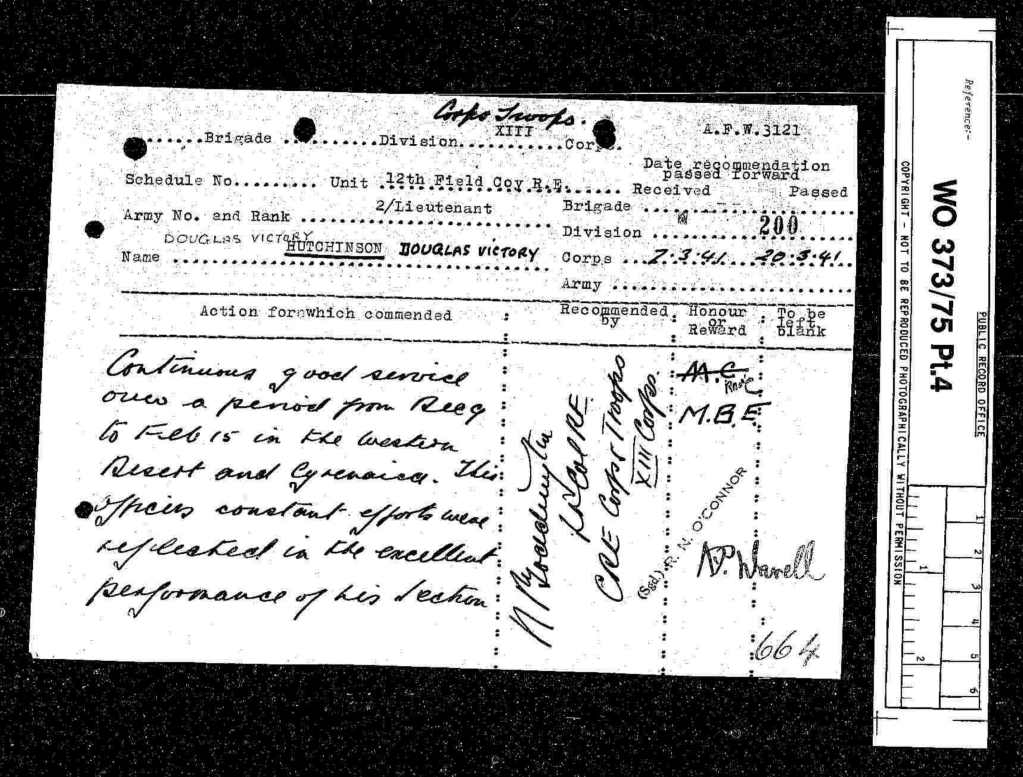
It was during the period of December 1940 to February 1941 that Lt. DV Hutchinson earned his M.B.E. aged just 22, for his ‘continued good service & constant efforts that were reflected in the excellent performance of his Section‘.
The Italian prisoners were in a poor state and lined the roadsides for miles in their thousands. It was noted in the War Diary that Lt. DV Hutchinson’s No. 1 Section managed to build accommodation for 10,000 Italian prisoners. They moved further west to Msus, carrying 100 tons of water 95 miles across the desert, providing much needed water for 5,000 prisoners of war, the 7th Armoured Division and the Garrison at Soluch.

The 12th Field Company sailed from Tobruk on 13 February on S.S. Draco along with 54th Field Company RE, the Company mounted A.A. guns to the ship but it was a smooth crossing to Alexandria without incident. They took the train to Tahag Camp (camp 44) whereupon the Company were eventually re-issued with clothing to go on leave. They also had time for football matches against the 2nd Field Company RE and church services.
-CLICK HERE TO READ A DETAILED ARTICLE ON THE 12th FIELD COMPANY DURING THIS TIME-
In March the 12th Field Company relocated to H.M.S. Saunders on the Suez Canal where they trained in many exercises including beach landings from H.M.S. Glengyle in preparation for a potential attack on the Greek Islands.
-CLICK HERE TO READ AN ARTICLE ON THE 12th FIELD COMPANY TRAINING AT HMS SAUNDERS-
At the beginning of April 1941, the Company received a Warring order and left once more for Mersa Matruh. It was here that a terrible accident involving an Egyptian pattern mine claimed the lives of Sappers Harrison & Partingstone, whilst they were employed relaying a minefield. A funeral service was held at Matruh Cemetery on 14 April at 1600hrs.
The next month saw the 12th Field Company employed with 22nd Guards Brigade HQ, 552 Army Troop Company RE, 122 Road Construction Company RE. They were also working alongside 2/5th Australian Field Company, 21 EM Company N.Z.E., 4th Field Company Indian Sapper & Miners and 552 Army Troops Company RE with the 11th Indian Infantry Brigade. Working on defences at Bagush, and continued practising and demonstrations in A.T. ditch bridging and demolitions. Several patrols were sent out on harassing operations.
-CLICK HERE TO READ AN ARTICLE ON THE 12th FIELD COMPANY HARASSING OPERATIONS-
From May 1941, 3 Section of 12th Field Company served with the Coldstream Guards, Scots Guards, Durham Light Infantry within the 22nd Guards Brigade, taking part in Operation Brevity on 15-16 May.
-CLICK HERE TO READ AN ARTICLE ON THE 12th FIELD COMPANY DURING OPERATION BREVITY-
Shortly followed by Operation Battleaxe on 15-17 June, of which 2nd Lieutenant D.V. Hutchinson M.B.E. was 3 Section Commander from 23 May – 23 June.
-CLICK HERE TO READ AN ARTICLE ON THE 12th FIELD COMPANY DURING OPERATION BATTLEAXE-
Throughout this entire period, hundreds of miles were covered, the Morris lorries and various other vehicles barely making it in the arduous conditions through several feet of dust. The Company was split between various detachments that saw them employed from Cairo, Bagush, Buq Buq, back up to Sollum and Hellfire Pass.
On 1 July 1941, the 12th Field Company received the Warring order to depart the Western Desert. They handed works over to 4th Field Company RE and 232 Field Company RE and made their way to Mena.
Syria
Wavell sent a force, including the 6th Infantry Division, under General Wilson to invade Syria and Lebanon, responding to the help given by the Vichy France authorities there to the Iraq Government during the Anglo-Iraqi War.
During the move 12th Field Company R.E., still under the command of Major P.H. Haviland were attached to the 14th Infantry Brigade commanded by Brigadier B.H. Chappel, placed under No.3 C.R.E. Western Desert Force and divided into rail, road and baggage parties.
-CLICK HERE TO READ AN ARTICLE ON THE 12th FIELD COMPANY MOVING TO SYRIA FOR OPERATION EXPORTER-
The 12th Field Company travelled across the Canal zone by troop train to Beat Lid, travelling up the length of Palestine, through Tiberias, past the Sea of Galilee to Khiam in Southern Lebanon. Initial hopes of a quick victory faded as the French put up a determined defence. Moving up from Qob Elias near Beirut, the Division travelled the length of the Lebanon and Syria to Aleppo.
The combined force, captured Damascus on 21 June which led to the Vichy French surrender on 11 July 1941.
Throughout August and most of September, the 12th Field Company remained near Zahle and Rayak airfield, which were located in the middle of the mountain ranges, between Damascus and Beirut. Here they carried out various works on water points, trained in bridging, arms, gas attacks as well as Lt. DV Hutchinson travelling for courses and lectures on bomb reconaissance and aerial photography.
-CLICK HERE TO READ AN ARTICLE ON BOMB RECONAISSANCE AND AERIAL PHOTOGRAPHY IN THE ROYAL ENGINEERS-
At this time 12th Field Company also enjoy the occasional game of cricket against the other Infantry Battalions, Church services and periods of leave in Zahle. One particularly interesting tale, that was passed down the family, of this time can be found in the article below.
-CLICK HERE TO READ AN ARTICLE ON TALES OF LORE & COMFORT IN SYRIA DURING WORLD WAR TWO-

Moving back through Beirut, Sidon and Tyre to Haifa, eventually ending up at Amyriah transit camp west of Alexandria.
On October 10th the 6th Infantry Division was re-created as the 70th Infantry Division in an attempt to deceive Axis intelligence concerning the strength of the British forces in the Middle East.
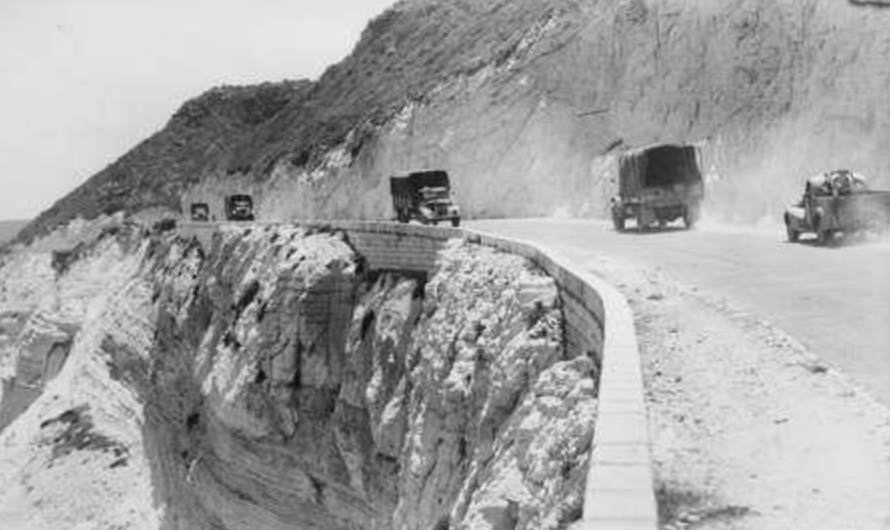
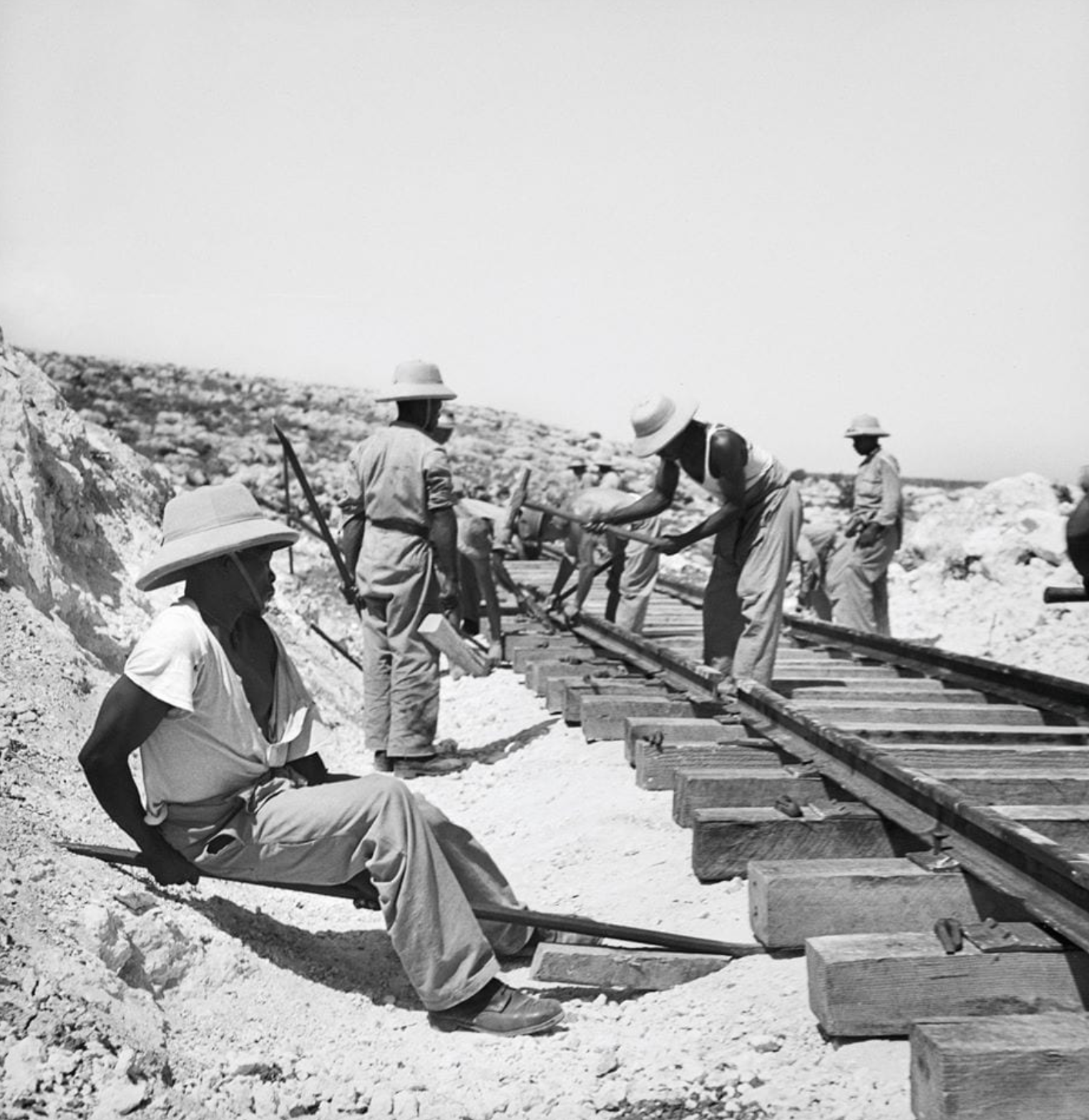
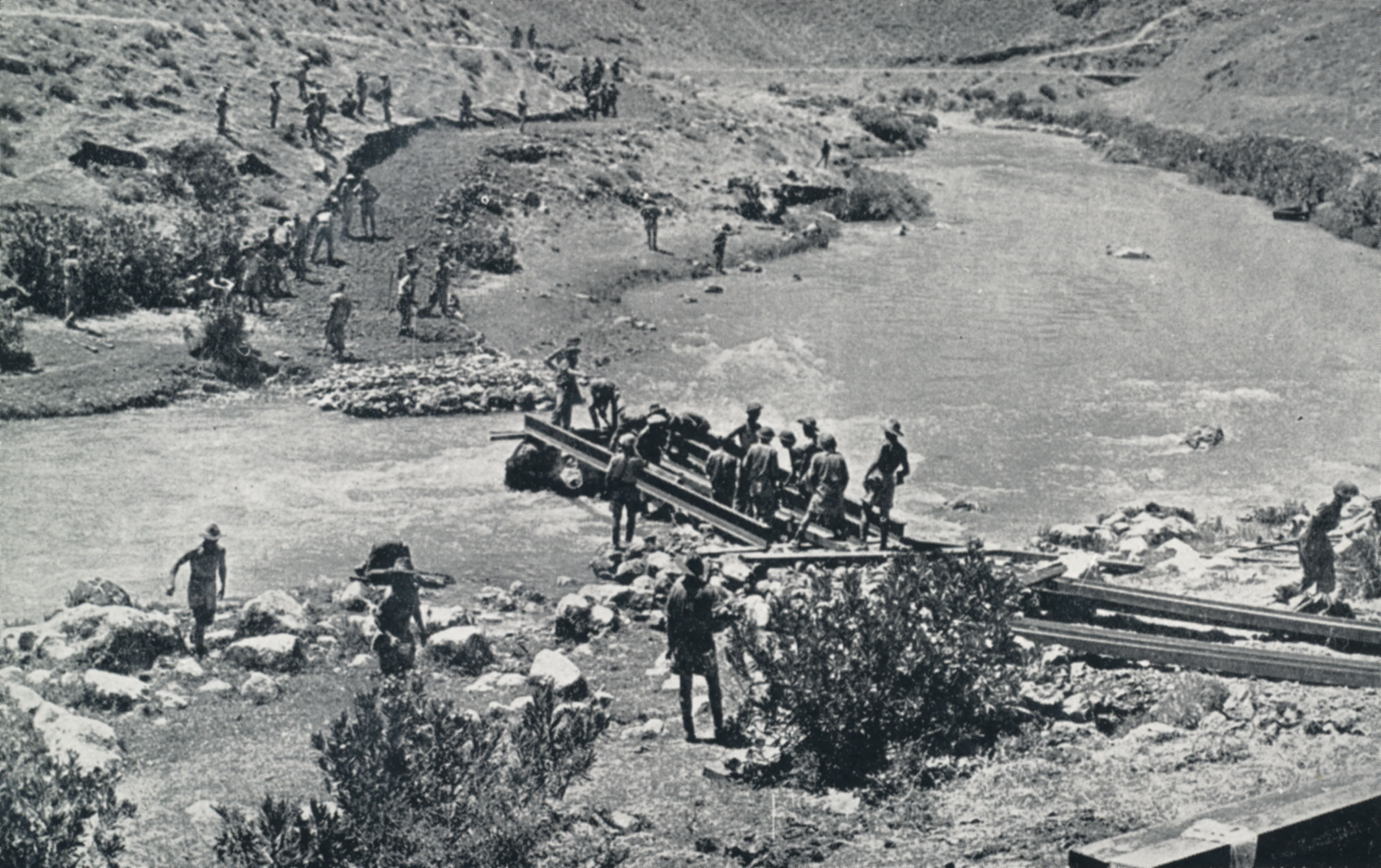
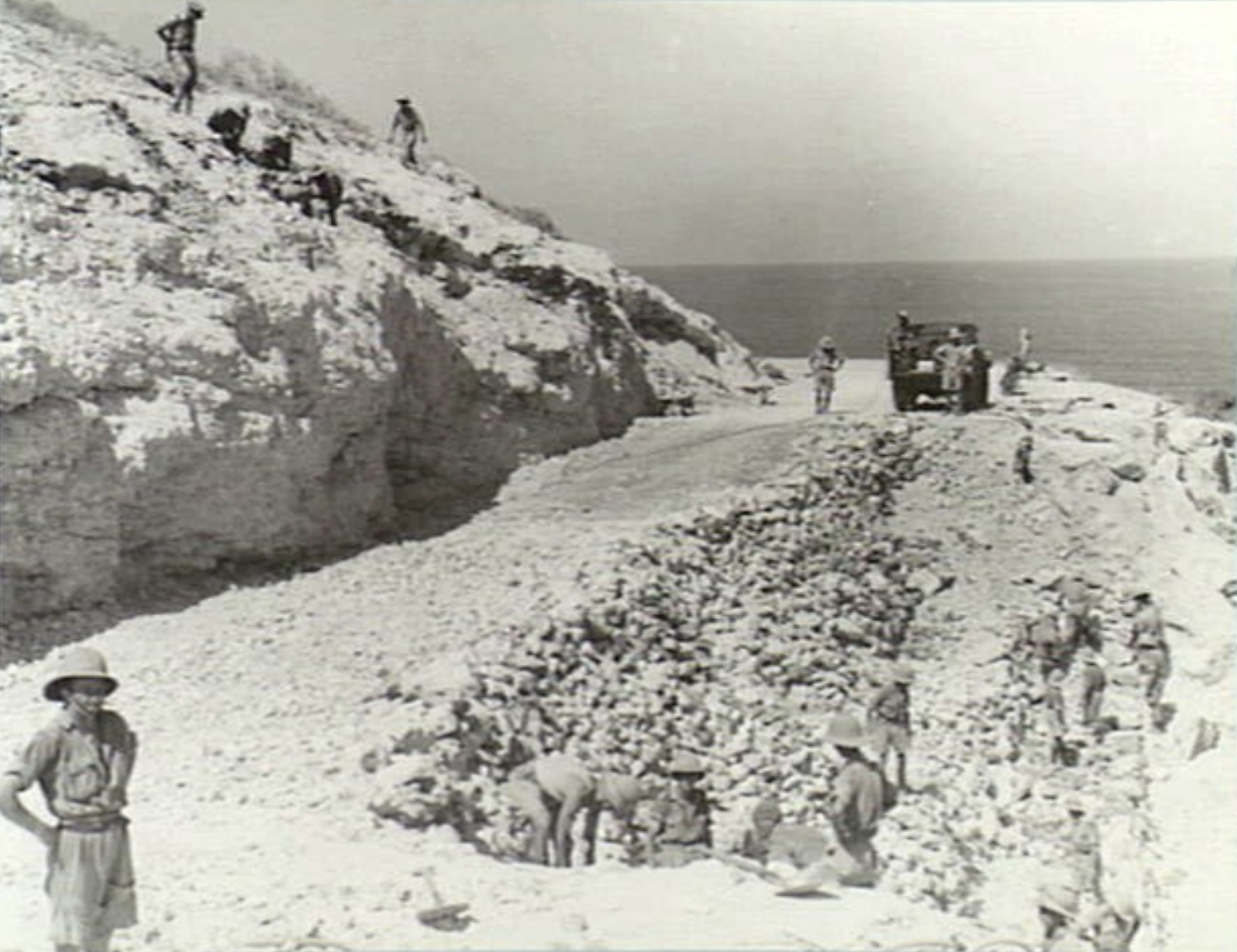
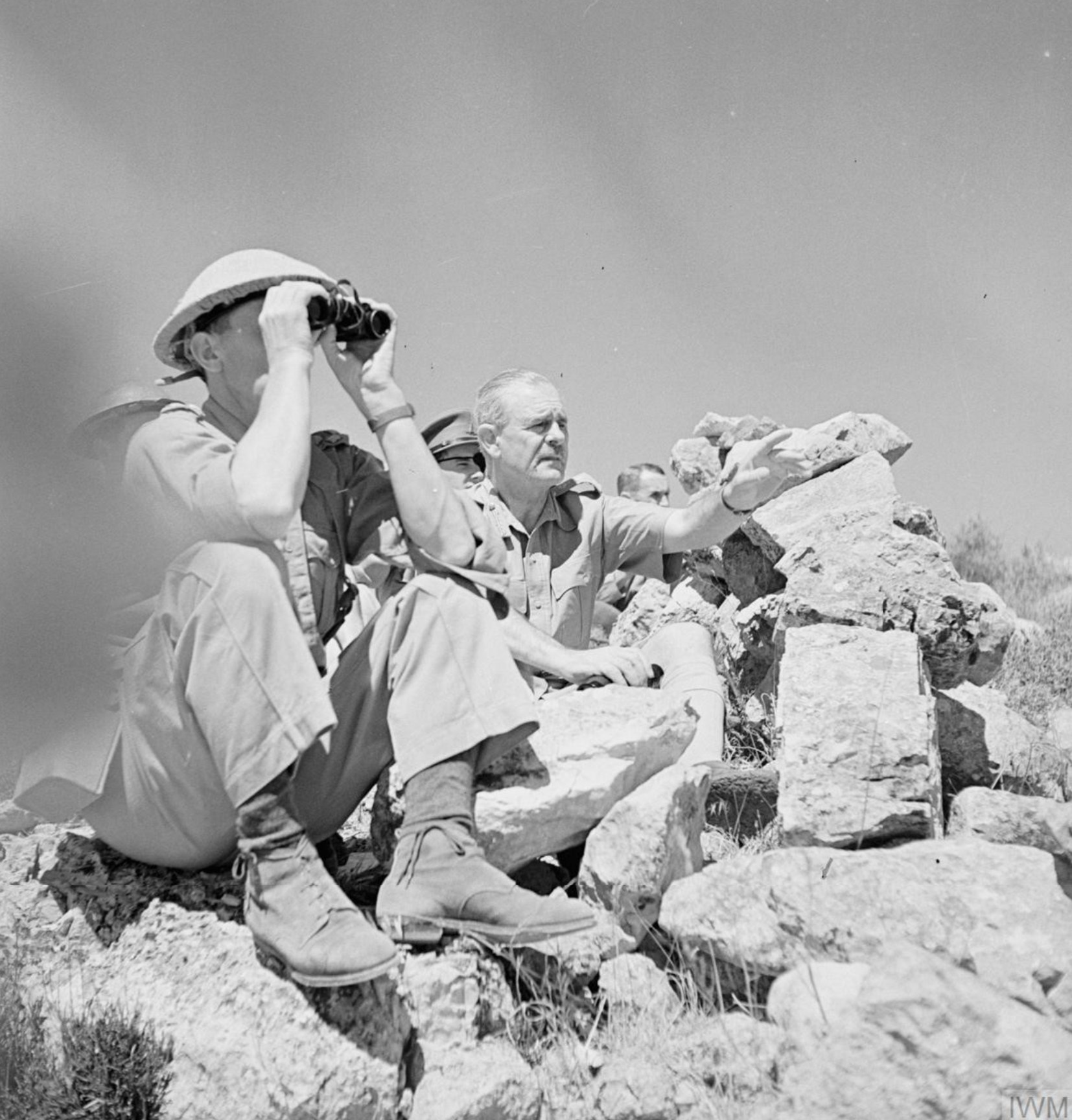
“It took part in the 1941 Syrian Campaign to take Syria from the Vichy French and a second tour in Syria to help build the Homs-Tripoli defence line to stop the Germans if they tried to attack through Turkey”.
Extract taken from Hand notes, Officer Commanding 12th Field Squadron, Royal Engineers by Col DVH MBE.
Siege of Tobruk
Lt. DV Hutchinson led the advance party of the 12th Field Company on the long path back to Tobruk, to relieve the Australian Army in the besieged Fortress as part of Operation Crusader. For a full and comprehensive overview of the Siege, I strongly recommend the Crusader Project
Having made the long journey from Syria, all clothing deficiencies were made up and they prepared to embark from Alexandria on 26 September 1941 at 0700hrs. There were no incidences on the voyage and by the 27th they had moved into the lines vacated by 2/7th Field Company RAE.

Despite difficulties in translations they worked alongside the Polish Field Company, soon establishing a routine that consisted of moonlit raids on enemy positions and ammo dumps, mine laying, building observation posts, water points, gun positions and repairing oil pipelines, jetties and aircraft hangars. They worked on the Red line at night to avoid enemy detection and on the Blue line defences whilst under constant bombardment from shell fire and Stuka dive-bombers. Defence works were ongoing as well as practising the bridging of anti-tank ditches all in extreme desert conditions. Sandstorms were a regular occurrence, hot daytime temperatures followed by bitterly cold nights. Hard rations and very little water, tea was brackish tasting and everything was covered in thousands of flies.
“We felt we had an affinity with the desert Arabs – but not the ‘townies”.
Extract taken from Hand notes, Officer Commanding 12th Field Squadron, Royal Engineers by Col DVH MBE.
On October 19th Lt. Hutchinson was noted to survey the Blue line by compass traverse and on 21 October he was promoted to Captain and 2 I/C of 12th Field Company RE. By the 23rd the 12th Field Company were now in support of the 23rd Infantry Brigade, No.1 Section with 4th Battalion Border Regiment, No.2 with 1st Battalion Durham Light Infantry, and No.3 Section with 1st Battalion Essex Regiment.
Day to day routine throughout the Siege was occasionally broken up with an emergency ‘stand to’, C of E services or Roman Catholic Mass and on rare occasions gift packages of cigarettes or post from home and a day of rest towards the seashore was allowed.
Several Sappers of the 12th Field Company tragically lost their lives during Operation Crusader and the Desert Campaign, the diary notes many injuries from mine fuses exploding and accidental tripping of devices as well as shootings by Italian patrols and mortar splinters. DV Hutchinson later remarks (in a letter dated January 1991 to 12th Field Squadron RE) that he lost several men in the Western Desert due to suffocation from fine sand blowing into slit trenches as they slept at night.

Throughout November 1941, works continued, specifically around the Blue line. With minelaying being the predominant activity. A party of 16 men could lay approximately 400 mines per night, with some areas having to be cleared of existing mines, for example on 5 November 1941, No.3 Section lifted 500 EP MKII mines from one area to lay elsewhere. By mid November training began with 4th Battalion Border Regiment in preparation for an upcoming Operation, whilst they continued to work on the Aerodromes at El Gubbi and the usual road, pipeline repairs and laying barbed wire.
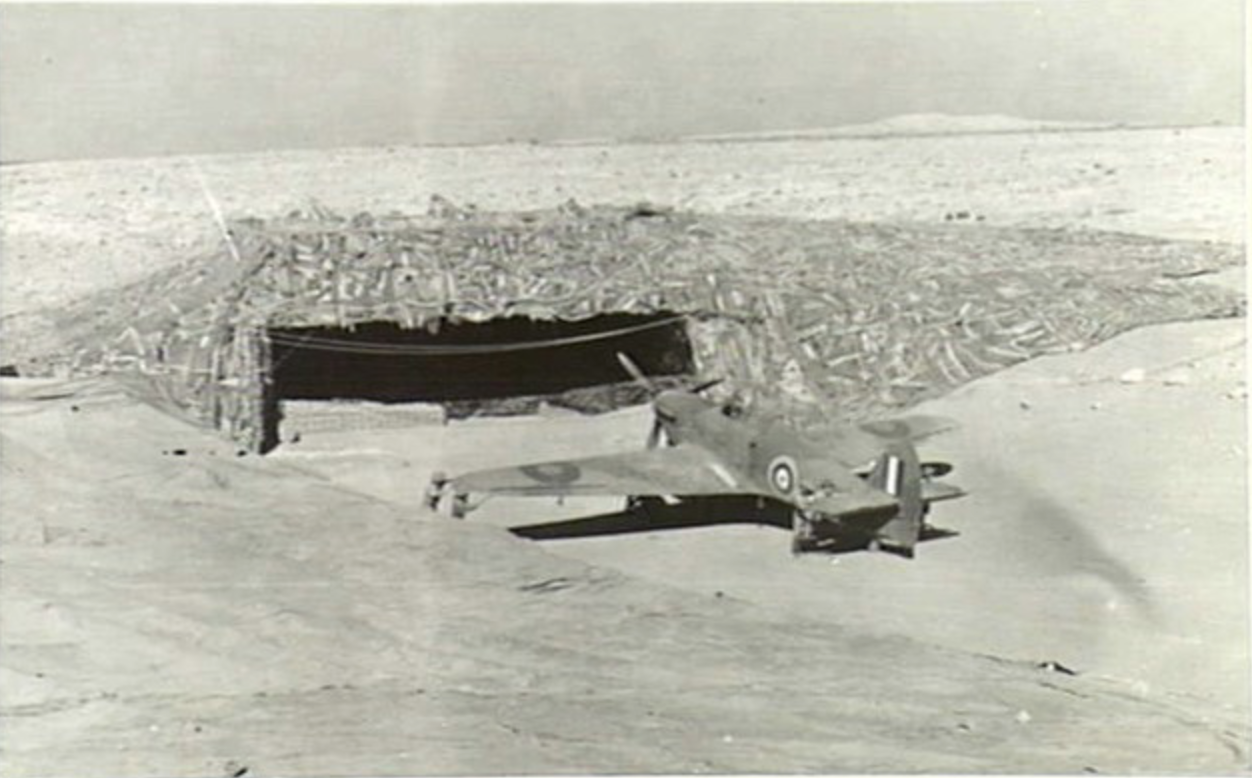
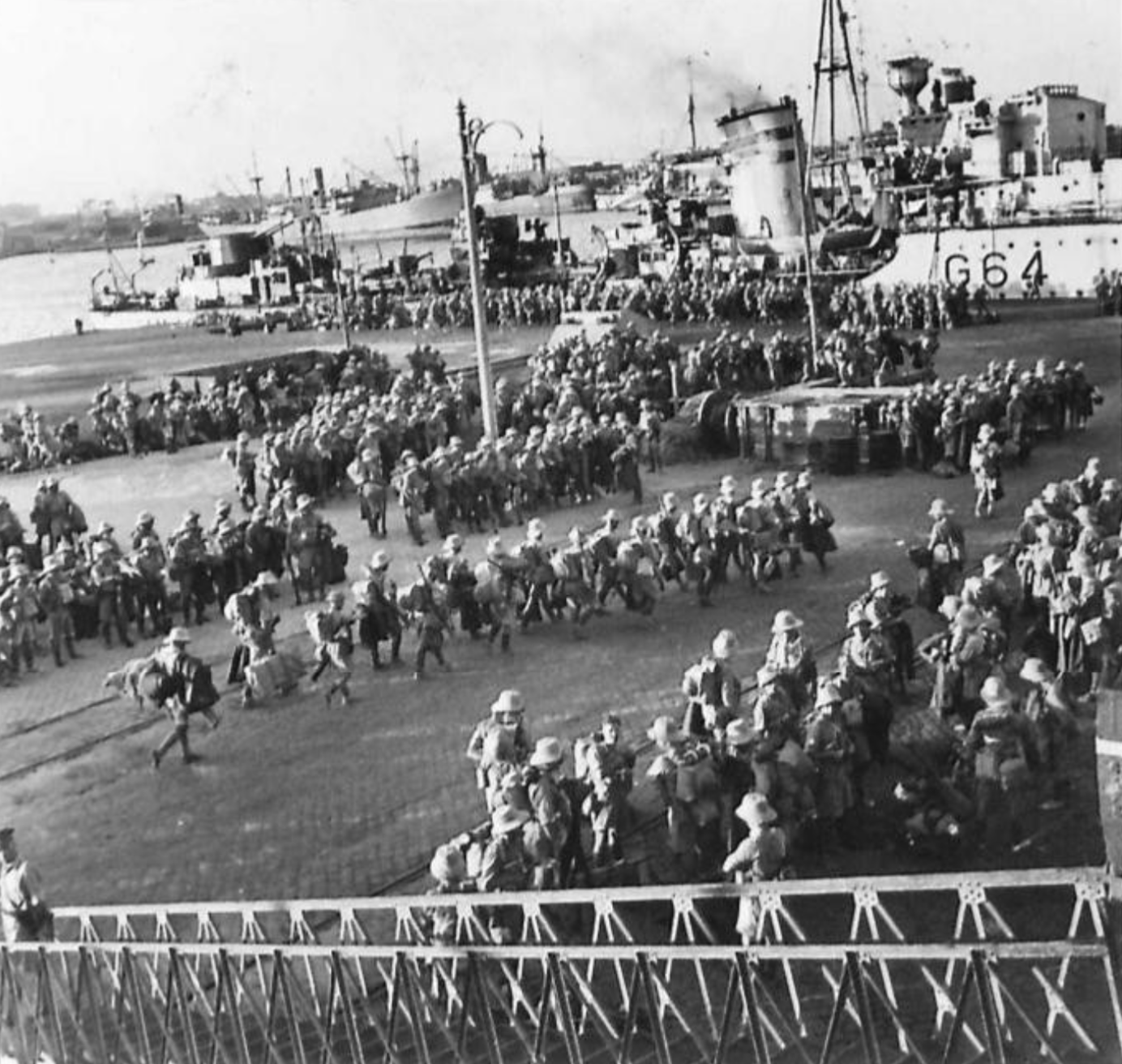
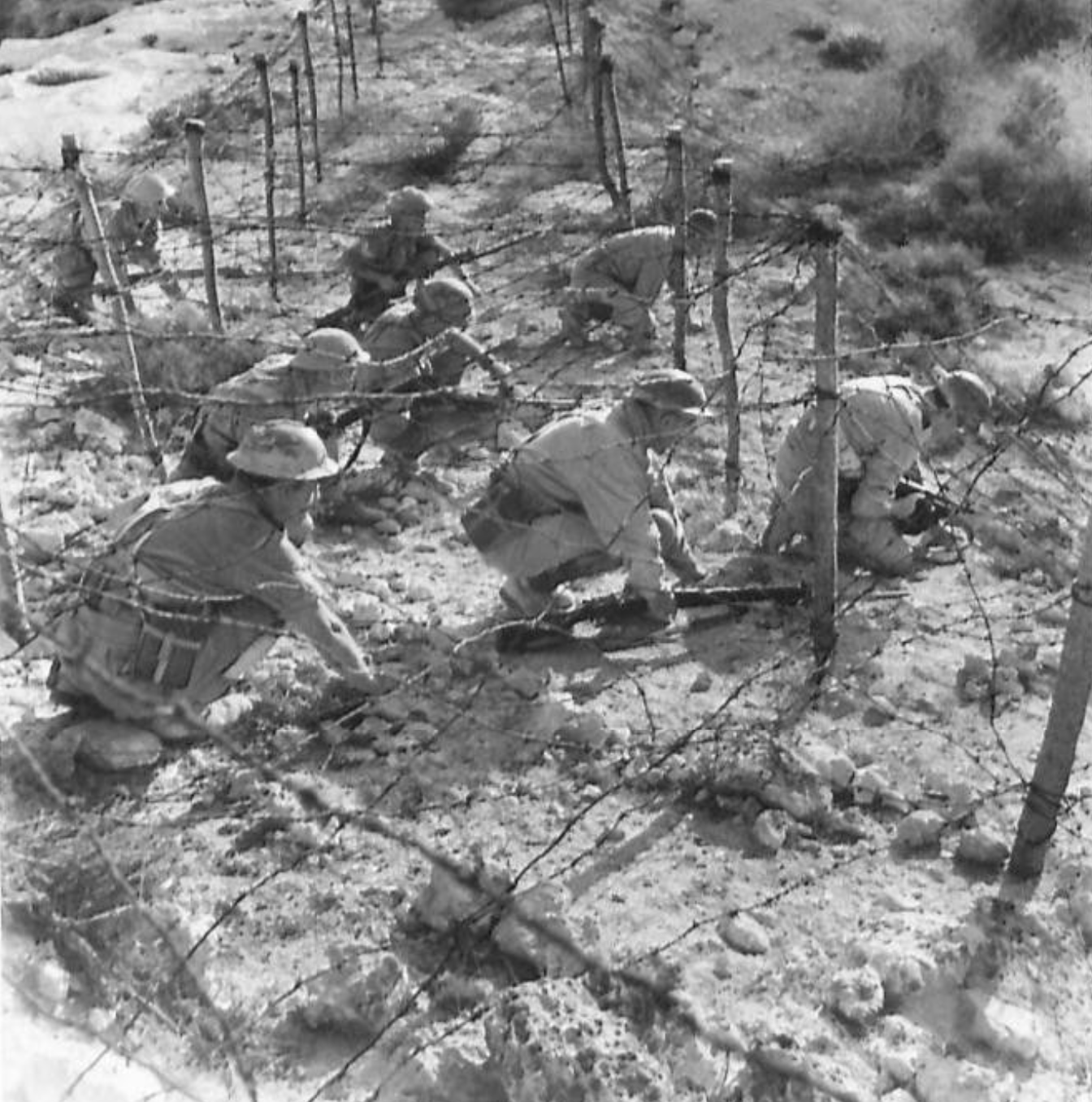
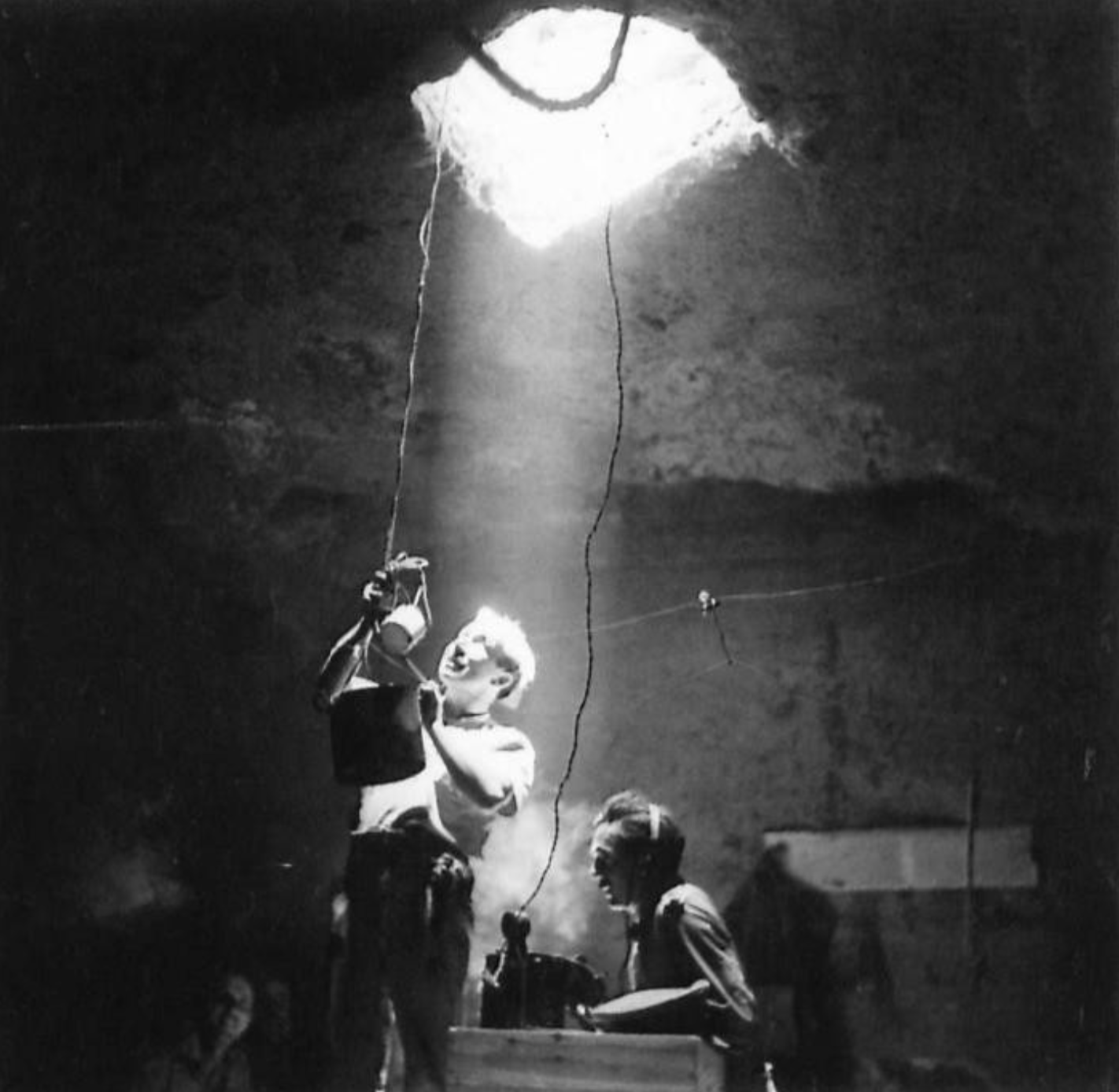
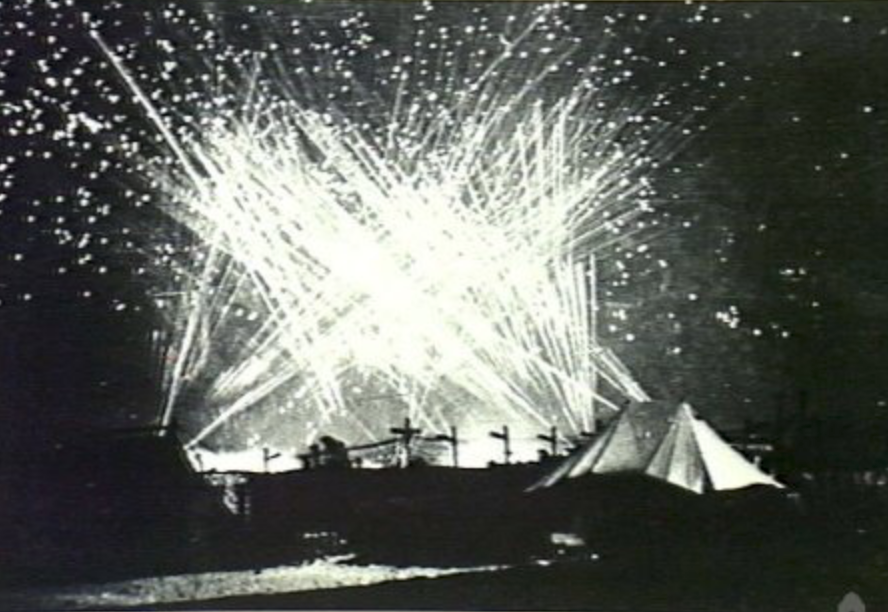
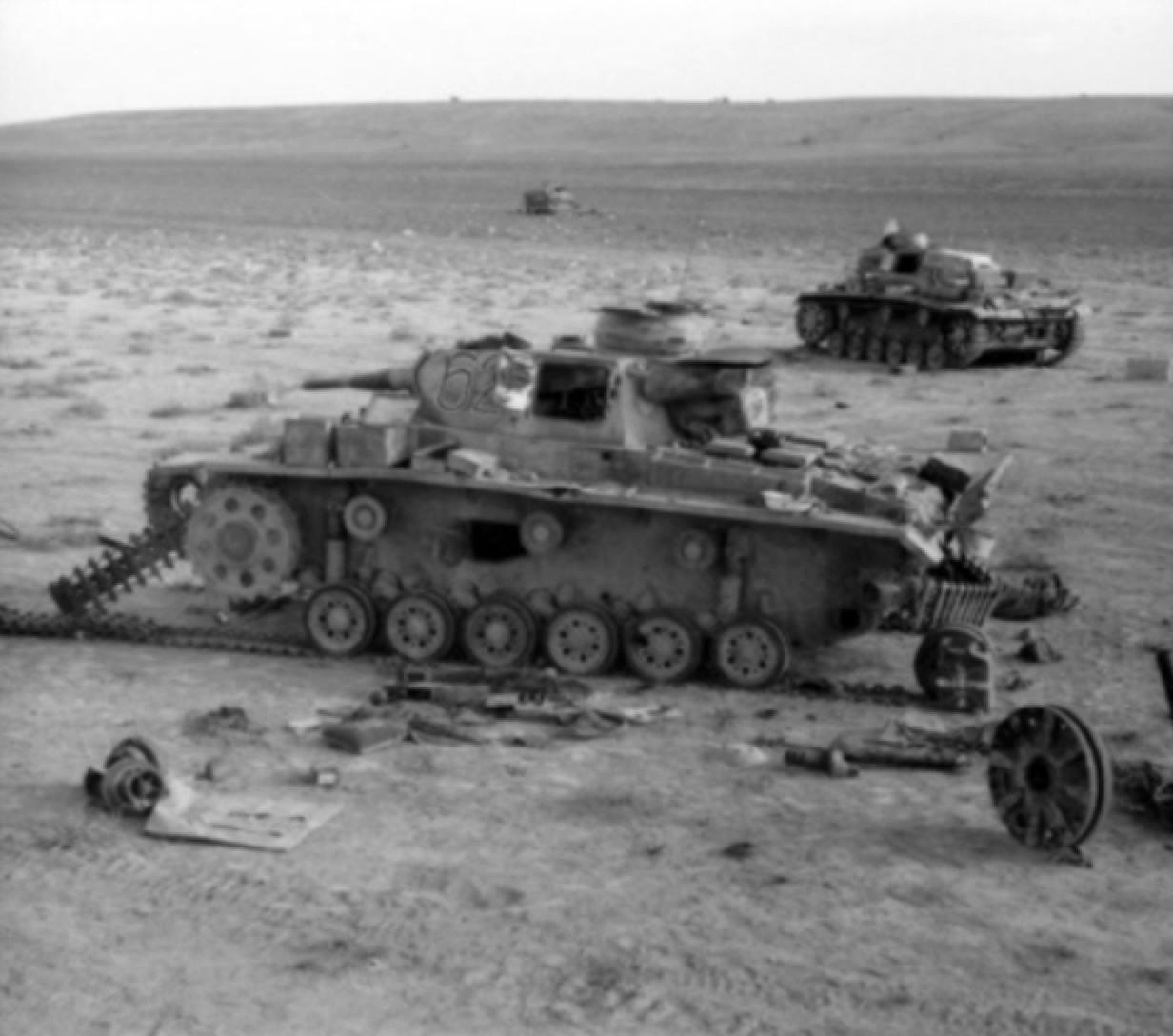
On 21 November 1941, the Company assisted the 4th Border Regiment in a raid on enemy lines SE of Carmusa. It was intended as a diversion from the main breakout attack on the Eastern perimeter and was a complete success. On 29 November 1941 13th Corps enter Tobruk, the first troops to do so for 4 months. Works continued on the aerodromes into December with Captain DV Hutchinson proceeding to Gambut on the 11th to demolish enemy A.F.V.s. In the lead up to Christmas Day the Company had to wire off all their minefields before they could leave Tobruk. On Christmas Day a football match was played against 54th Field Company RE, which the 12th won 2-Nil. Christmas dinner was made as appetising as possible, with a few extra rations added to the Bully beef, 2 cans of beer and 30 cigarettes for each man. It was their first day off since arriving in Tobruk.

Siege lifted/Egypt/Syria
It was the first victory over the German ground forces by British forces in the war. The 70th Division was withdrawn to Egypt for rest and refitting. By the end of the month, the division had returned to Syria to camp near Damascus.
During this time the 70th Division helped to build the Homs-Tripoli defence line to stop the Germans if they tried to attack through Turkey. However, before the works were complete the order was given to fall back to Egypt in preparation for redeployment to India. They boarded ships at Suez, and had completely departed Egypt by 28 February. Having heard that Rangoon had fallen during the voyage, the division reached Bombay on 9 March 1942.
Follow the link below to find out what the 12th Field Company did next in WWII
For further reading on the Western Desert/Middle East Campaign, I recommend the following books:-
- First Victory: Britain’s Forgotten Struggle in the Middle East, 1941, by Robert Lyman
- The Longest Siege: Tobruk, The Battle That Saved North Africa, by Robert Lyman
- Monty and Rommel: Parallel Lives, Peter Caddick-Adams
- Together We Stand: Turning the Tide in the West: North Africa, 192-1943, by James Holland
